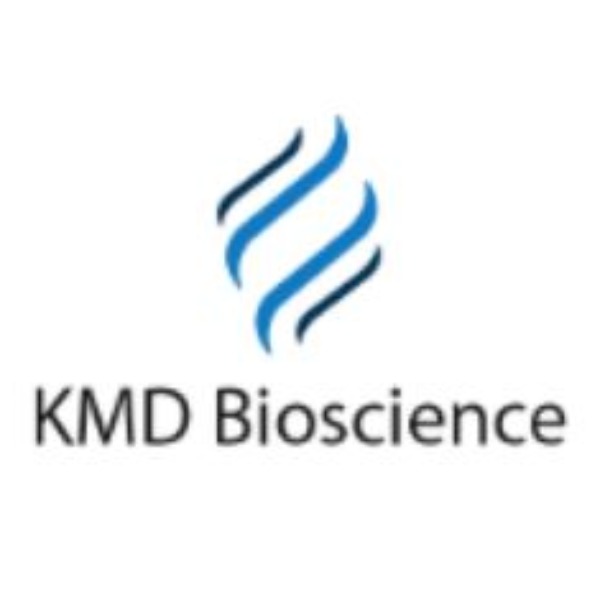Mammalian Cell Expression FAQ1
Q1: What information does the customer need to provide about the plasmid?
A: The following information needs to be provided: plasmid vector, target sequence, insertion site. It is preferable to provide a full vector sequence containing the target gene. If you are not clear about the plasmid information, it is recommended to do sequencing first.
Q2: What tags are commonly used in mammalian systems?
A: The common labels are Fc, His, and Flag. Adding Fc tags can improve the expression level. His and Flag tags are small tags that can be used for affinity purification.
Q3: What is the difference between CHO cells and HEK293 cells?
A: CHO cells, Chinese hamster ovary cells, are one of the most successful cells expressing foreign proteins at present, and are also the most widely used host cells, which can be used to produce recombinant proteins and recombinant monoclonal antibodies. Such cells have clear genomic information and show reasonable safety against human disease-causing viruses. In addition, one of the most important advantages of CHO cell expression systems is the easy availability of transgenic cells. However, since the glycosylation pattern is not the same as that of humans, the recombinant proteins produced by CHO cells still exhibit immunogenicity to some extent.
HEK293 cell, also known as human embryonic kidney Cell 293, is a cell line derived from human embryonic kidney cells. It is one of the commonly used cells for mammalian protein expression. Its advantages include fast growth rate, high growth density, high transfection efficiency, and more similar structure to human protein after expression modification. HEK293 cells were mainly used for transient expression due to their excellent transfection efficiency. Its defect is that its adhesion strength is relatively small in the growth process, and it is easy to lose in the experiment process, thus affecting the experimental results.
Q4: What is the difference between transient transfection and stable transfection?
A: The plasmid used for transient transfection is different from the plasmid used for stable transfection. The transient transfection plasmid does not need to be resistant, while the plasmid used for stable transfection must be resistant to facilitate subsequent clonal screening. In addition, the medium and experimental reagents used are also different. The operation of transient transfection is simpler than that of constructing stable cell lines. After plasmid construction, target proteins can be obtained by cell resuscitation, transfection, cell culture and protein purification. To construct a stable cell line, the constructed plasmid should first be linearized, then introduced into cultured mammalian cells and fused with the cell by a certain transfection method. Then, stable transfected cell lines can be obtained by cell pool screening, monoclonal screening, cell culture and other steps. The culture of stable cell lines can produce target proteins stably for a long time.
Q5: What are the methods and principles of cell transfection?
A: Calcium phosphate process: Calcium phosphate DNA complexes are endocytosed by binding to cell membranes.
Electroporation: A high pulse voltage is used to break the membrane potential and DNA is introduced through small holes formed in the membrane.
Cationic liposome method: The positively charged liposome forms a complex with the negatively charged phosphoric acid group of nucleic acid and is endocytosed by cells.
DEAE-dextranoside method: The positively charged DEAE-dextranoside interacts with the negatively charged phosphate skeleton of nucleic acid to form a complex which is endocytosed by cells.
Virus-mediated method: Viruses integrate foreign genes into chromosomes by infecting host cells.
Gene gun method: The DNA is precipitated with microscopic heavy metal particles, and then the coated particles are injected into cells by particle transfer method. The DNA is gradually released inside the cells and finally expressed.
Q6: What should we do if the level of expression of transient expression is low?
A: Generally speaking, protein expression is mainly determined by its own characteristics. Common optimization methods include codon optimization, change of signal peptide, or change of expression vector. It is also possible to determine whether proteins are secreted and expressed by detecting cell lysate. It can also be improved by changing the host cell line and optimizing the transfection mode.
About Us · User Accounts and Benefits · Privacy Policy · Management Center · FAQs
© 2025 MolecularCloud





Is there any other info you'd like to know?